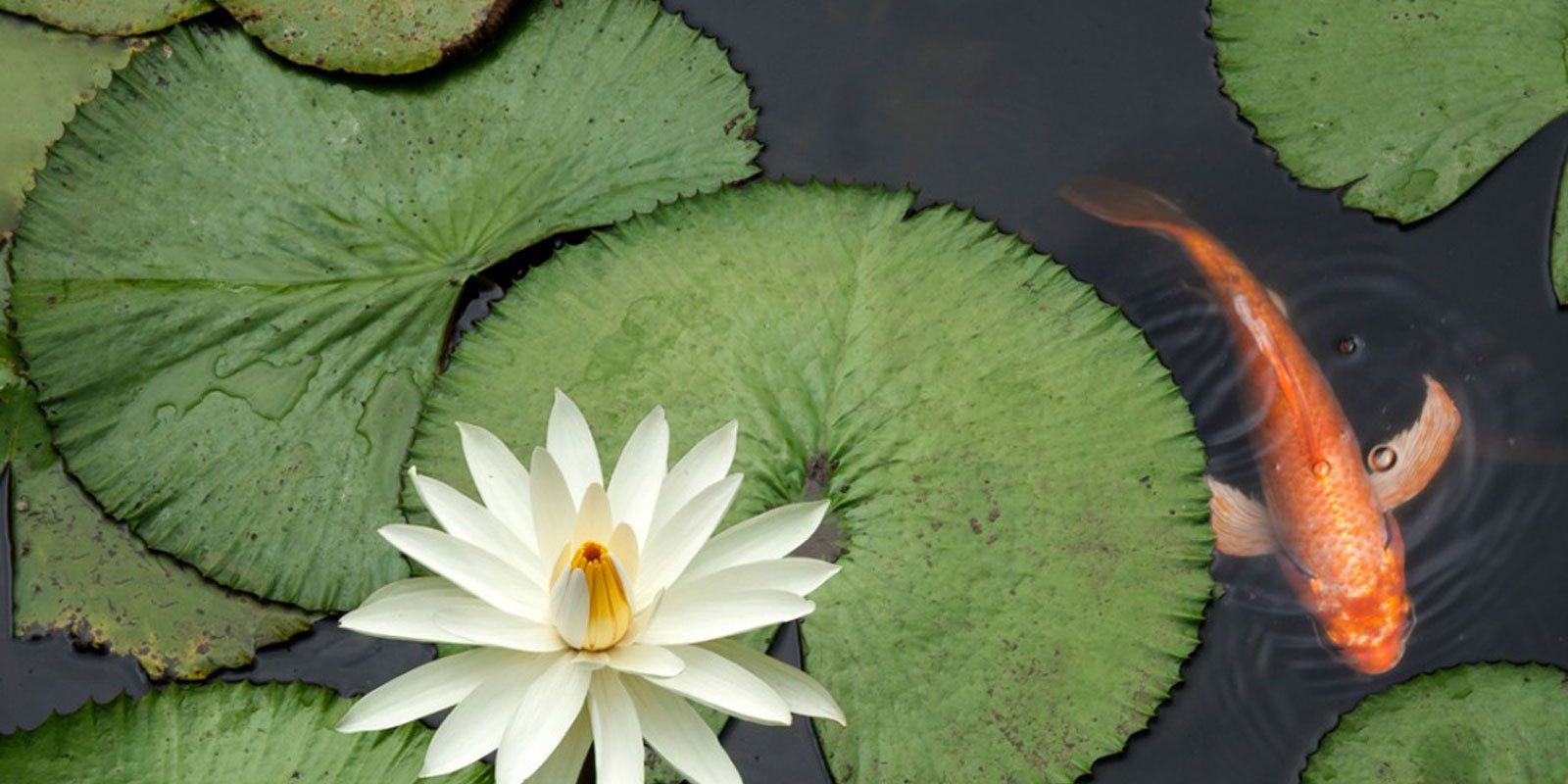Maintaining a healthy pond involves balancing various factors to create a thriving aquatic ecosystem. Fertilizers can play a crucial role in promoting lush plant growth and enhancing the aesthetic appeal of your pond. However, it’s important to choose fertilizers wisely to ensure they do not harm the fish and other aquatic life that call your pond home. In this article, we will explore how to select fish-safe fertilizers, the impact of fertilizers on pond ecosystems, and tips for using them effectively.
Understanding Pond Fertilizers
Pond fertilizers are designed to boost plant growth by supplying essential nutrients, such as nitrogen, phosphorus, and potassium. These nutrients are crucial for the development of aquatic plants, which help oxygenate the water, provide habitat for wildlife, and enhance the overall beauty of the pond. However, when not used properly, fertilizers can lead to imbalances in the pond environment, affecting the health of fish and other aquatic organisms.
Types of Pond Fertilizers
- Granular Fertilizers: These are solid fertilizers that are applied directly to the pond bed or around plants. They release nutrients slowly over time, providing a steady supply of nourishment.
- Liquid Fertilizers: These are mixed with water and applied directly to the pond or plants. They act quickly, but their effects may be short-lived compared to granular options.
- Organic Fertilizers: Made from natural materials like compost or manure, these fertilizers improve soil health and are generally considered safer for aquatic environments.
- Synthetic Fertilizers: These are chemically formulated to provide specific nutrient ratios. While they are effective, they can sometimes lead to nutrient imbalances if not used carefully.
How Fertilizers Impact Pond Ecosystems
When using fertilizers in your pond, it’s essential to understand how they affect the ecosystem:
- Nutrient Overload: Excessive use of fertilizers can lead to nutrient overload in the pond, causing algal blooms. Algae can deplete oxygen levels, leading to “dead zones” where fish and other aquatic life struggle to survive.
- Eutrophication: This is a process where high nutrient levels lead to the overgrowth of algae and aquatic plants. As the plants decay, they consume more oxygen, which can be detrimental to fish and other aquatic organisms.
- Chemical Imbalance: Some fertilizers contain chemicals that can alter the pH and overall chemistry of the pond water, potentially harming fish and disrupting the balance of beneficial microorganisms.
Choosing Fish-Safe Fertilizers
To ensure the health of your pond and its inhabitants, follow these guidelines when selecting and using fertilizers:
- Read Labels Carefully: Choose fertilizers specifically labeled as safe for fish and aquatic life. Look for products that mention “fish-safe,” “aquatic-friendly,” or similar terms.
- Opt for Organic Options: Organic fertilizers are generally more environmentally friendly and less likely to cause harm to aquatic life. They release nutrients slowly and improve soil health, making them a better choice for ponds.
- Avoid High-Phosphorus Fertilizers: Phosphorus is a key nutrient that can contribute to algal blooms. Select fertilizers with low or balanced phosphorus levels to minimize the risk of nutrient imbalances.
- Follow Application Rates: Adhere to the recommended application rates to avoid over-fertilization. Excessive nutrients can lead to algae growth and water quality issues.
- Use Sparingly: Apply fertilizers only as needed and monitor the pond’s response. Regularly test the water for nutrient levels to ensure they remain within safe limits.
Tips for Using Fertilizers in Ponds
- Apply During the Growing Season: Fertilize during the active growing season for aquatic plants, typically spring and summer, when plants can utilize the nutrients effectively.
- Avoid Direct Application: Prevent direct contact between fertilizers and fish by applying them away from the water or in areas where they can be absorbed before reaching the pond.
- Monitor Water Quality: Regularly test the water for nutrient levels, pH, and oxygen content. This helps you assess the impact of fertilization and make necessary adjustments.
- Consider Alternative Methods: Explore natural methods for promoting plant growth, such as adding compost or using aquatic plant supplements that are designed to be safe for fish.
- Consult Professionals: If you’re unsure about which fertilizers to use or how to apply them, seek advice from pond professionals or local garden centers with expertise in aquatic plants and pond management.
Conclusion
Selecting the right fertilizer for your pond is crucial to maintaining a healthy aquatic ecosystem. By understanding the types of fertilizers, their impact on the environment, and how to choose fish-safe options, you can ensure that your pond remains a vibrant and balanced habitat for fish and plants. Always follow application guidelines, monitor water quality, and opt for organic or low-phosphorus fertilizers to protect your pond’s delicate ecosystem. With careful consideration and responsible use, you can enjoy a flourishing pond while safeguarding its aquatic life.
Motivational Sentence
Keep your pond’s ecosystem thriving and vibrant—choose fish-safe fertilizers and maintain a balanced, beautiful aquatic environment!

